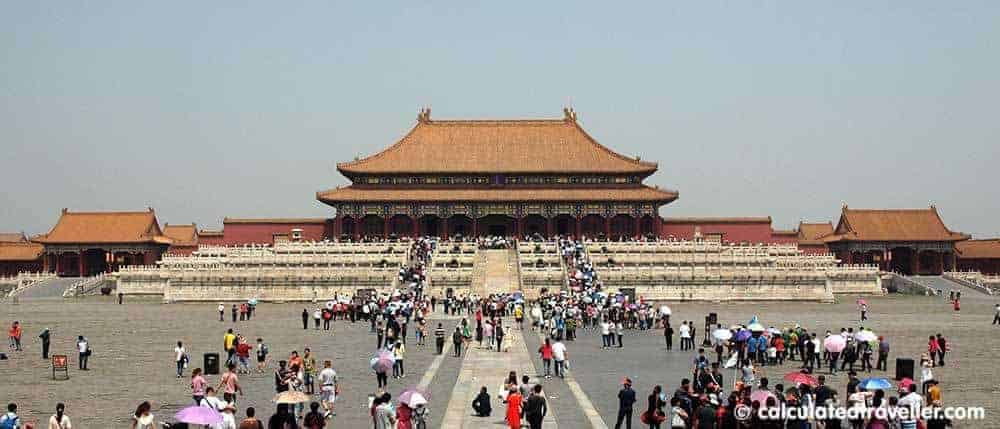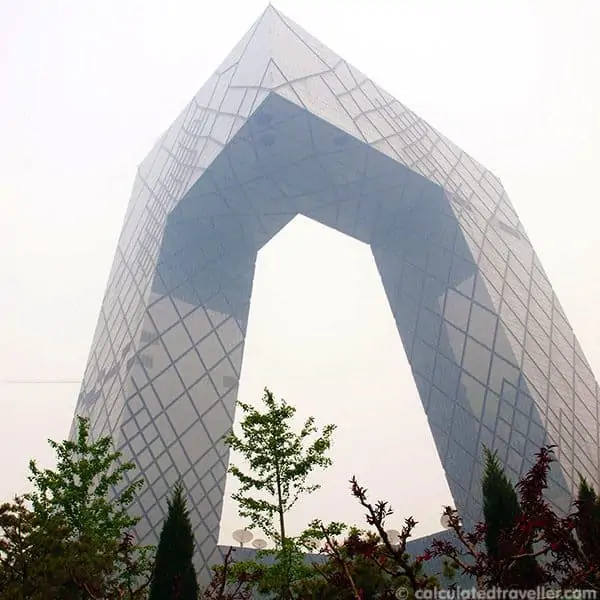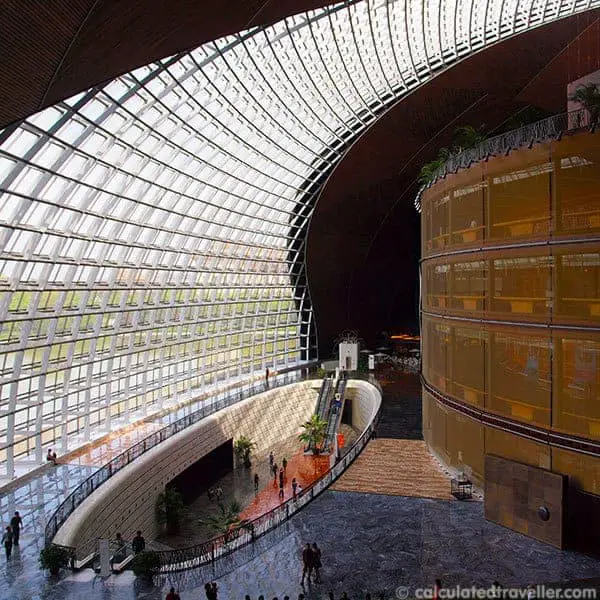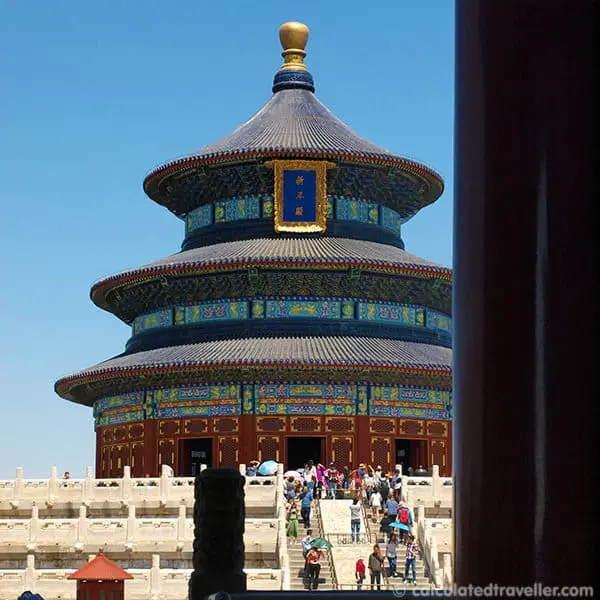Beijing is one of those cities in the world that never stops to amaze anyone.
New buildings pop up at an excitingly fast rate and are of the most incredible sizes. As a student of architecture, studying in this city was a once in a lifetime experience. The capital city of China, not only is Beijing HUGE – and I’m talking enormous – but the city itself has a great mix of preserved ancient culture and super modern and contemporary architecture from some of the world’s most famous architects. When I was in Beijing last summer, I spent a week roaming the city and visiting several sites (I can’t even call them buildings that is how big they are):
1.Forbidden City/Tiananmen Square (1406-20)
When I was in Beijing, I stayed at the City Central Youth Hostel (in the actual hotel section, which is cleaner than the hostel) which I thought was the PERFECT location for the start of our long journey through China. As implied, the hotel is adjacent to the train station, central to downtown, and most importantly, a few blocks south of the famous Chang’An Street. If you walk west down this street, you’ll find some of the most important sites in China, including the Forbidden City and Tiananmen Square. The Forbidden City, built in 1406-20, and the complex consists of 980 buildings covering a total area of 720,000 sq.m (or 7,800,000 sq.ft for you Americans out there). If you’re like me and LOVE to wander through buildings, budget about 4 hours here. That’s how long I stayed in the compound. Be sure to go all the way through and see the Imperial Garden, my favourite spot in Beijing, and where I did some of these wonderful little sketches.
2. CCTV Headquarters (2012), OMA/Rem Koolhaus
If you are coming into Beijing Capital International Airport (PEK) and heading downtown via taxi (don’t be too surprised about the price of a cab downtown – 100 Yuan is about $15 CAD), you’ll likely spot this building from the highway. You may even recognise this building from 2008 when the Summer Olympics were held in Beijing. The CCTV Headquarters was the landmark structure and broadcast HQ for the games, and took about five years to complete! OMA (with renowned architect Rem Koolhaus in-charge of its design) finished this building just this past year, and the building jumped into the global architectural spotlight with its gravity-defying structure. Not much more to say about this, other than to snap a picture of it against the much smaller-scale city skyline. Don’t worry too much about going inside – it’s not accessible to the public. Fight through the jet lag! This building is worth getting a glimpse of in person.
3. National Centre for the Performing Arts (2007), Paul Andreu
Just down Chang’An Street is the National Grand Theatre. Designed by French architect Paul Andreu, this building is quite the modern masterpiece. You enter into an underground foyer, underneath a huge pond of water (there’s glass above you, so the ripples of the water create an amazing effect on the lighting of the entry foyer) and opens up to one of the widest atrium spaces I’ve seen. The interior wood siding is quite incredible. If you get a chance to see a performance, definitely jump at getting that ticket. Shows are quite popular here, and they also frequently have free opera performances in this atrium area.
4. Qianmen Street (1419)
Although quite touristy, Qianmen Street (aka Emperor’s Avenue) is located just south of Tiananmen Square and has a lot of history behind it. The street itself runs in line with the central axis of both Tiananmen Square and the Forbidden City and marks the southern entry into the Inner City of Ancient Beijing. The gate house, Qianmen (which means “Front Gate”) was the original guard tower to the wall surrounding Beijing in the early 1400s. This street is a great spot to enjoy the nightlife, grab dinner (if you can, try Quanjude, known for its trademark Peking Duck) and buy some souvenirs! You’ll find many of the western brands (including Starbucks!) if you’re feeling homesick already.
5. Temple of Heaven Park (1406-20)
Now this place is on almost every tourist advertisement I saw before I left for China, but many don’t know what it is. The Temple of Heaven is the ONLY temple in China to have blue roof tiles. You may be thinking, “big deal…blue tiles”, but this building is unique. Roof tiles signified status in Chinese Architecture (the Forbidden City has yellow, for the emperor) and this blue colour was exclusive to this one temple, representing the sky. The ENTIRE park is part of this temple complex. Located just at the southern foot of Qianmen Street, try to enter the park from the south to get the entire effect of the architecture. The temple runs on a central axis and is supposed to be – in a sense – an ascension into heaven as you walk towards the temple structure. The starting point is the “sunken” temple at the south – you’ll probably find a huge line up here for a snapshot of the centre point. Excellent opportunity for one of those cheesy pictures with your friends!
So there you have it; some of the highlights from my time in Beijing. This tour is entirely walkable (except for the drive from the airport to downtown), but can easily be broken up into a bunch of days depending on your pace. Be sure to keep checking in as I write about some of the other cities I have visited, or my article about Pingyao, China – which came immediately AFTER my journey through Beijing!






